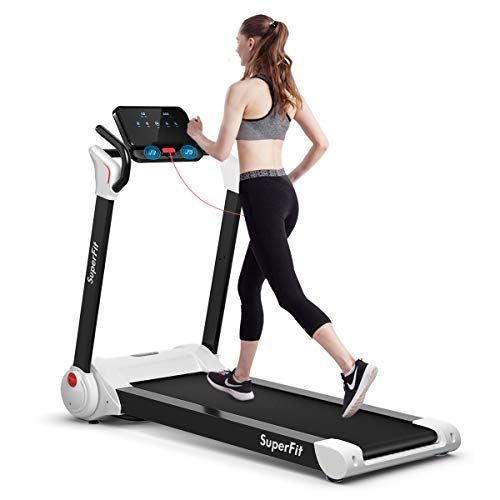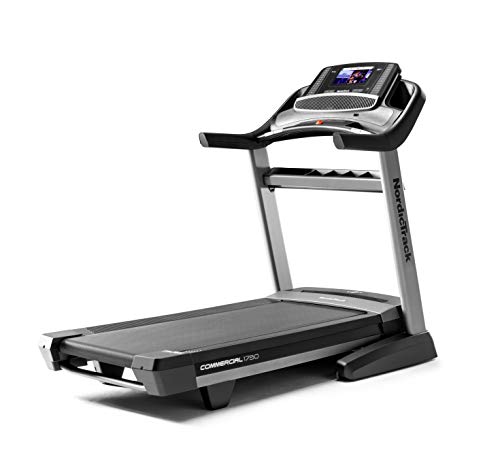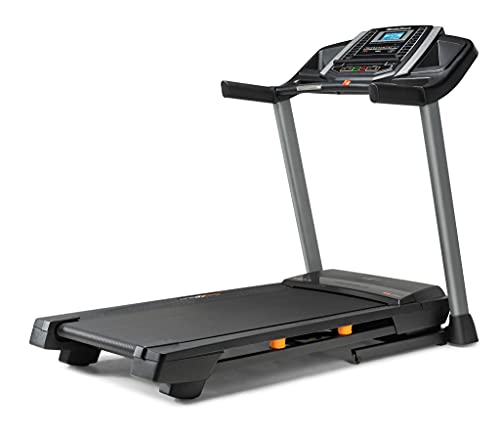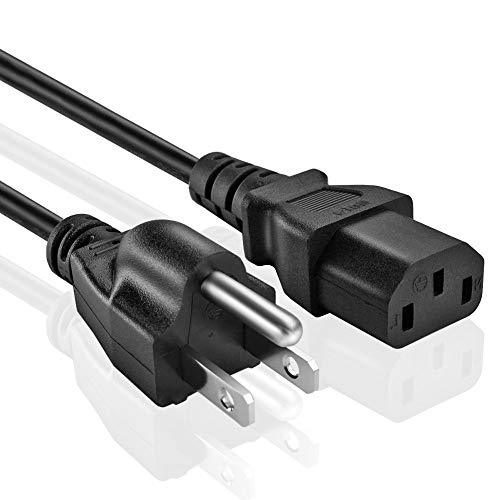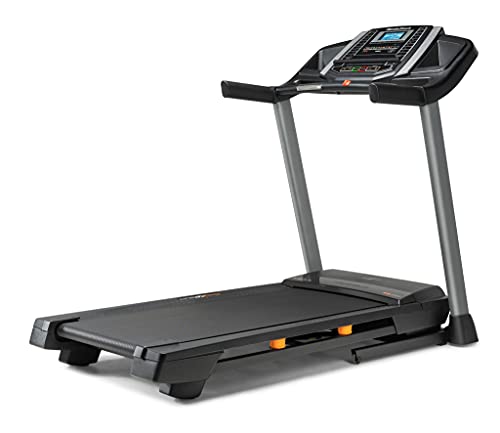The Advantages of Modern Electric Treadmills
The modern motorized or powered exercise treadmill is sometimes referred to as an electric or electronic treadmill to differentiate it from manual models.
Manual treadmills are powered by the user’s feet on the walking surface, which moves the rolling tread belt. However, this can lead to ineffective workouts and even injuries.
In this article, we will explore the advantages and features of modern electric treadmills and provide guidance for purchasing one.
Electric treadmills typically start around $500 and can go up to $5000, depending on features and quality.
Consider the following factors when choosing a treadmill:
Motor
Choose a treadmill with a powerful motor, measured in CHP (continuous horsepower), to ensure smooth operation and longevity.
Folding or Non-Folding
Decide whether a folding or non-folding design is more suitable for your space. Folding models are ideal for home use, while non-folding models are common in gyms.
Running Deck
Pay attention to the quality and maintenance requirements of the running deck, as it affects the feel of the treadmill. Look for decks made of laminated wood.
Belt Size
Choose a treadmill with a belt width of at least 17-18 inches and a length of 53-55 inches, or longer for taller runners.
Electronic Features
Modern treadmills come with a range of electronic features, including workout programs, speed and incline control, heart rate monitoring, and entertainment options.
Entertainment
Many treadmills now offer entertainment features such as music systems or built-in TVs to make your workouts more enjoyable.
©2024 Treadmill Adviser
Goplus 2.25HP Electric Folding Treadmill, Installation-Free Design with 8-Stage Damping System, Large LED Touch Display and Bluetooth Speaker, Compact Running Machine for Home Use (White)
$299.99 in stock

